Grazing Cattle in Grizzly Country
Hilary Zaranek of J Bar L Ranch is redefining what it means to be a keystone species in the Greater Yellowstone Ecosystem.
Ranching in Montana takes a unique blend of patience and determination. In some parts of the state, snow covers the ground from October to May, then toxic tall larkspur (Delphinium exaltatum) blooms as hungry cattle are set out to summer grazing pastures. Grizzly bears are the apex predator year-round.
Unexpectedly, it was the latter two challenges that led Hilary Zaranek, manager of J Bar L Ranch, with her husband, Andrew Anderson, to leasing Montana’s largest contiguous grazing allotment.
The National Forest Service’s 55,000-acre West Fork Allotment is Montana’s largest public-land grazing tract. The allotment falls within the Greater Yellowstone Ecosystem (GYE), making it home to one of few populations of grizzly bears in the contiguous United States. Through a partnership with the National Wildlife Federation, the Greater Yellowstone Coalition and the Property and Environment Research Center, Zaranek purchased the grazing permit for 25,000 acres in the historic West Fork Allotment on a mission to balance cost-effective grazing access with the GYE’s notorious predators and wildlife habitat.
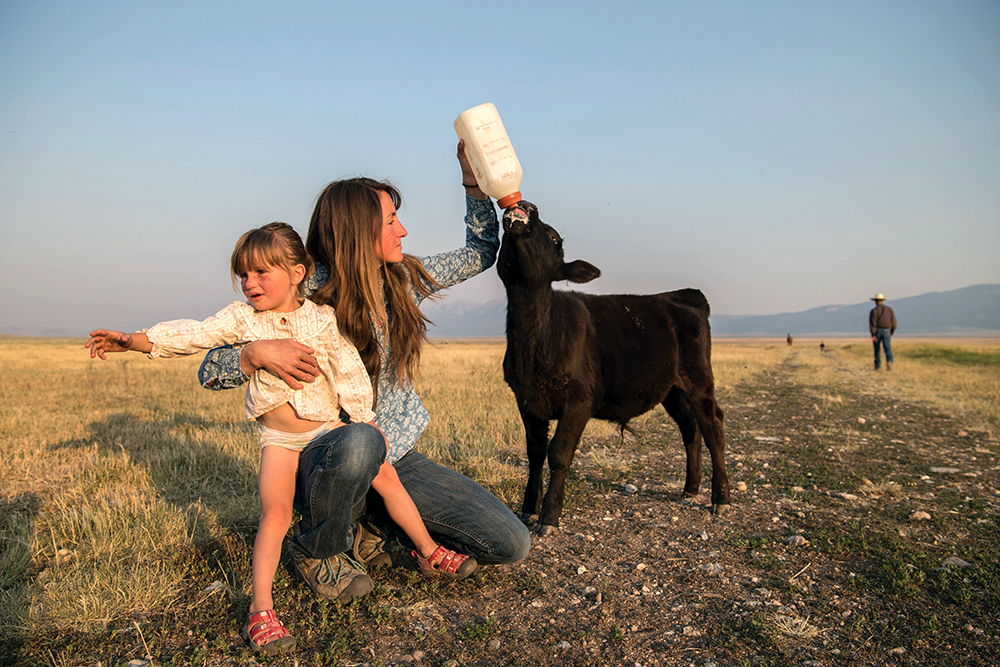
Balancing Ecosystems and Economics
Prior to 2021, the West Fork Allotment’s grazing permit was held by the same group of families for generations. They worked together to graze their cattle in the high mountains every summer. But over time, the status quo on the landscape changed, and the families lost more cattle than usual in their final few years on the allotment. In 2019, the ranchers lost 19 head of cattle to tall larkspur poisoning or grizzly attacks; it was the final straw.
“There are a lot of ways cows can die, and a lot of ways that you can’t figure out what’s going on or do something about it,” says Zaranek, based on her own experiences. “Between 2005 and 2015, grizzly bear numbers really started increasing around the GYE. They’re now perfectly positioned to be blamed for trouble, and legitimately so to some extent. But now you have just another thing that can be killing cattle out there.”
While most neighboring ranchers weren’t standing in line to take over the allotment after news spread of the grizzly challenge, environmental and wildlife groups were waiting in the wings. Hoping to protect wildlife and conserve the natural resources of the area, several conservation groups were eager to buy out the lease, retire it and end grazing in the West Fork altogether.
However, in Montana, grazing rights for allotments — as the name suggests — can only be leased to someone who will graze livestock on the land in accordance with the government contract. That’s where Zaranek comes in, and how the voluntary Grizzly Conflict Reduction Grazing Agreement came to be, helping the J Bar L get the lease with the support of the conservation organizations.
Before Zaranek became a rancher, she was a wildlife biologist researcher. She spent time in Canada then in Yellowstone focused on wolves and wolf predation. Increasingly, her career as a wildlife researcher and her life as part of a ranching family merged.
“That is what gave birth to the focus on large carnivores like wolves and grizzly bears, in conflict with livestock,” says Zaranek. “My husband and I are super progressive on the scale of ranchers. And in our case, we couldn’t continue ranching the same way that the previous generations did, so we had to look at it differently.”
Zaranek and her husband try to pair their landscape and ecology with a complementary enterprise. They predominantly run yearlings as stockers instead of cow-calf pairs to allow for more flexibility in how they use the land and market their cattle. Gaining access to affordable summer pastures in the mountains of the West Fork helped J Bar L reach their grazing and enterprise needs; it also brokered a new approach to grazing cattle alongside at-risk wildlife.
“We represented an option that worked best for everybody. We said, ‘Hey, what if we keep the cows on that land and just do this in a new way,’” recalls Zaranek. “That was attractive to the Forest Service and the conservation groups. It was attractive to the neighboring ranchers, too, because they are terrified of being run out of business.”
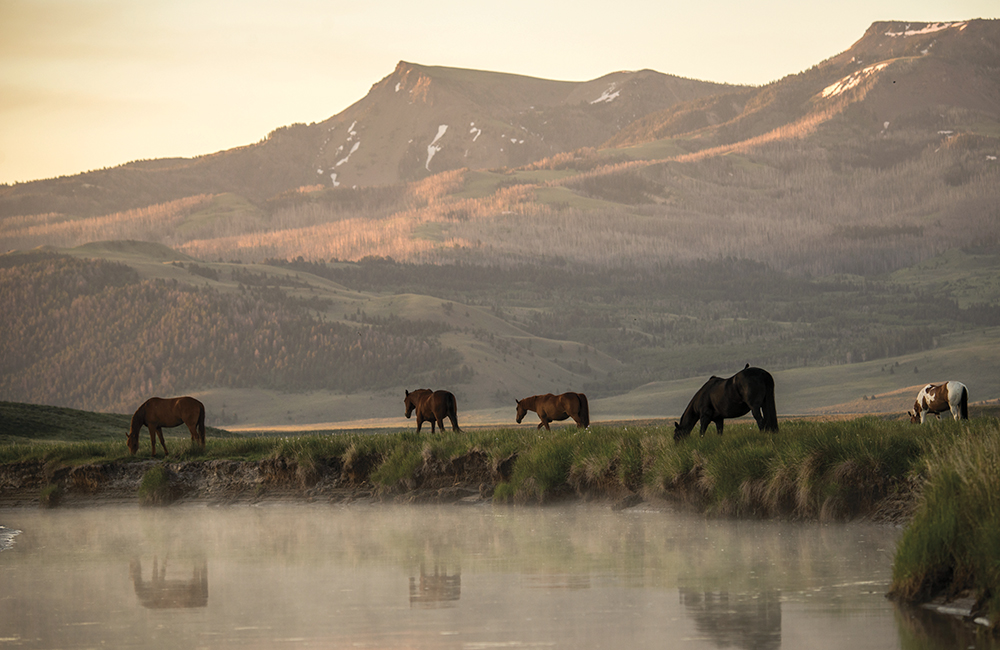
Reimagining Traditional Cowboy Camping
For generations, Montana ranchers have driven cattle up into the mountains to graze during the summer to avoid the hot, dry weather in the valleys. It’s a time-honored tradition that provided compelling storylines in many classic western movies. To manage the challenge of the West Fork allotment, Zaranek had to create a new relationship between the landscape, wildlife and her cattle.
“It’s a wilderness right outside of Yellowstone, and cattle would wander around and then you have a couple of cowboys checking on things and trying to keep track of everything,” explains Zaranek. “I mean, you could ride all day and only find a handful of cows, and so it can get pretty wild.”
She can speak from personal involvement about the challenge of managing cattle in such wild country. Zaranek, Anderson and their four children, ages 9 to 17, are the cowboys on the allotment today. The family spends much of its summer camped out in the high country, keeping close watch on the cattle and counting stars.
To create the fewest conflicts between their cattle and both grizzlies and tall larkspur, Zaranek evaluated the landscape and changed four main pieces of the traditional cowboy management style. In the first three years of grazing the West Fork, Zaranek believes her plan is working.
Timing
A traditional Forest Service contract for grazing rights allows ranchers about four months of access for a set number of cattle. Zaranek knew the timing overlapped with tall larkspur season and wanted to avoid setting cattle out during that time. Instead, she worked with the Forest Service to allow her to graze the same number of animal units (AUs) over a shorter timeframe.
“We massively increased the number of cattle but shortened the length of time. So instead of a few cattle back there for four months, we more than doubled the number of cattle back there for just two months. And that has made a huge difference,” she says.
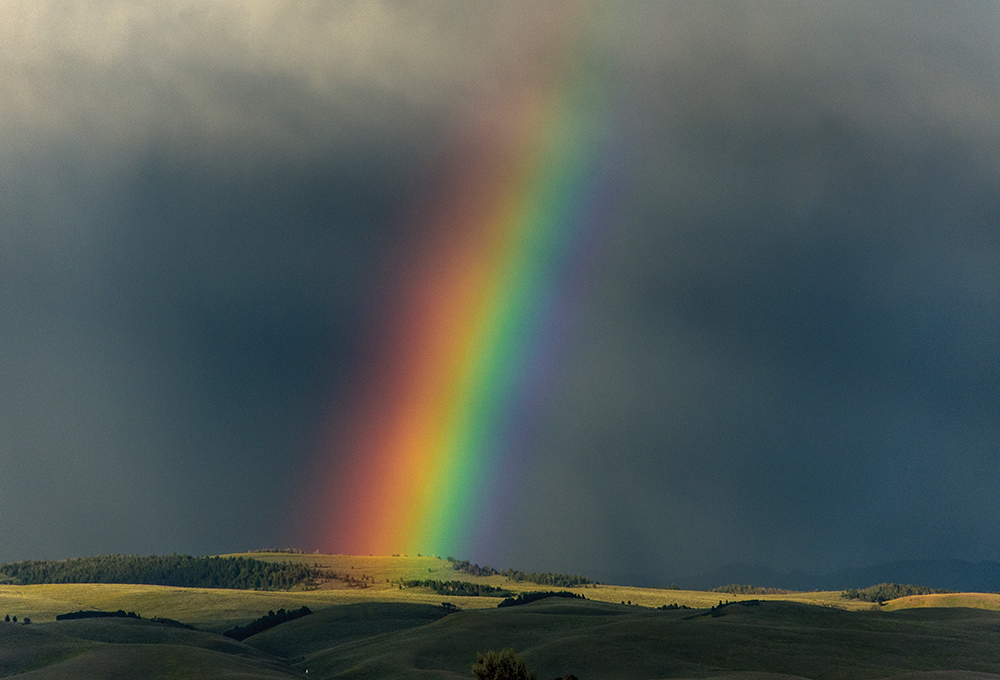
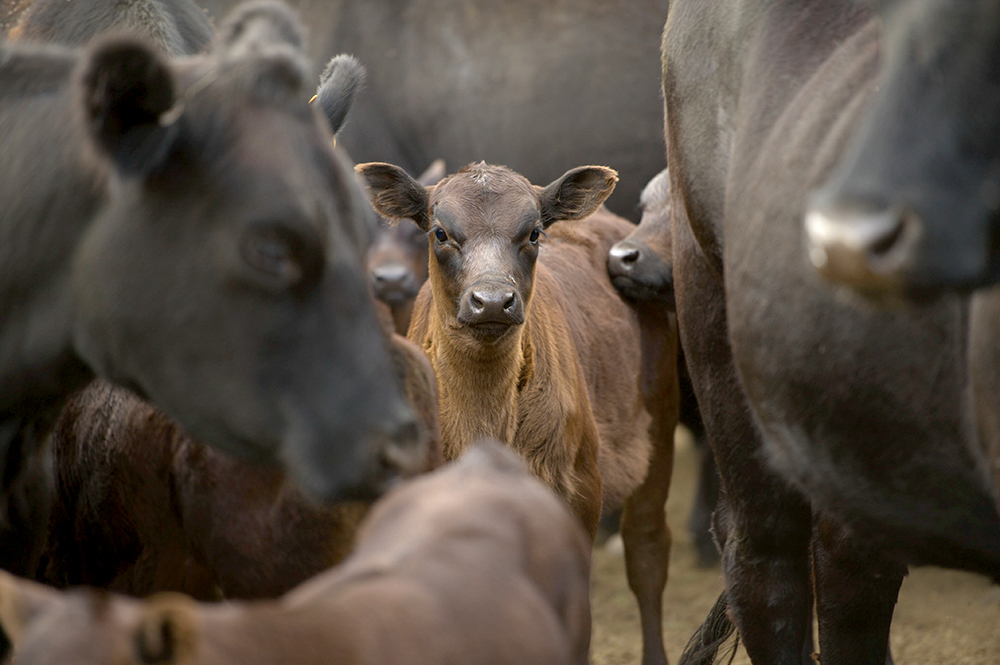
Enterprise
Because Zaranek prefers to run yearlings, she was able to increase her AUs to 2,000 from the original 740 AUs in the Forest Service agreement, which is written based on cow-calf pairs.
“Ecologically, we have a lot of flexibility with yearlings and can use a lot of creativity with how we manage them on the landscape. Then, economically, there’s a ton of diversity in how and when we choose to sell, and how we rebuy,” explains Zaranek.
Fencing
Recognizing that 55,000 acres of grazing land is a lot to manage all at once, Zaranek wanted to keep the cattle together in a single herd. Using electric fencing, she’s able to contain her herd of yearlings to smaller sections of the allotment at a time.
“Really, the idea of scattered versus gathered cattle came from watching how outcomes change when single animals are encountered by a predator versus a group of animals,” she says. “So, we’ve really been working on keeping the cattle together so we can enable their natural ability to defend themselves through the herd.”
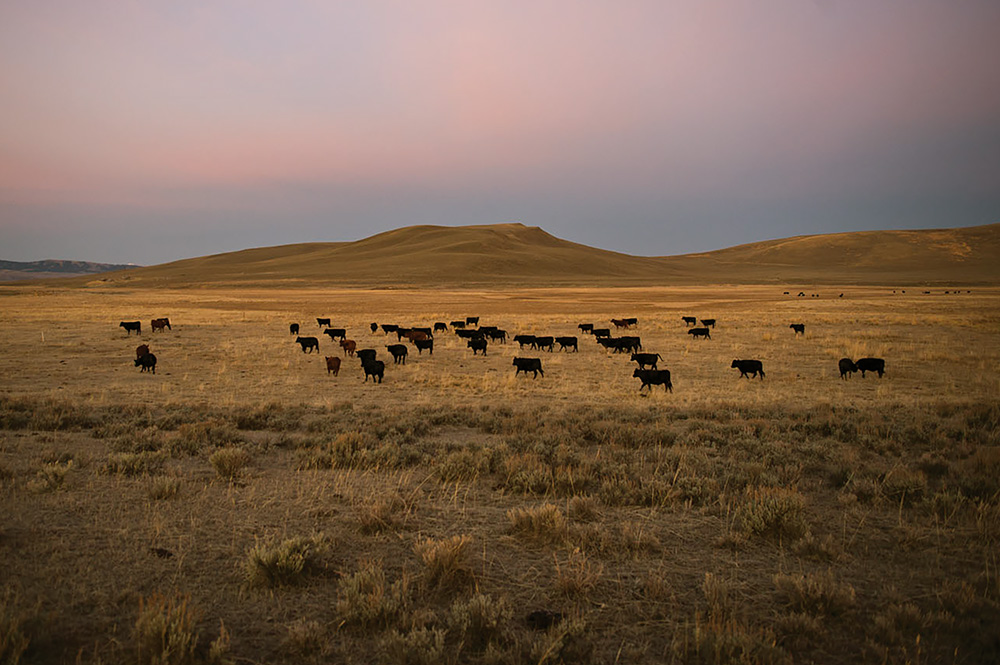
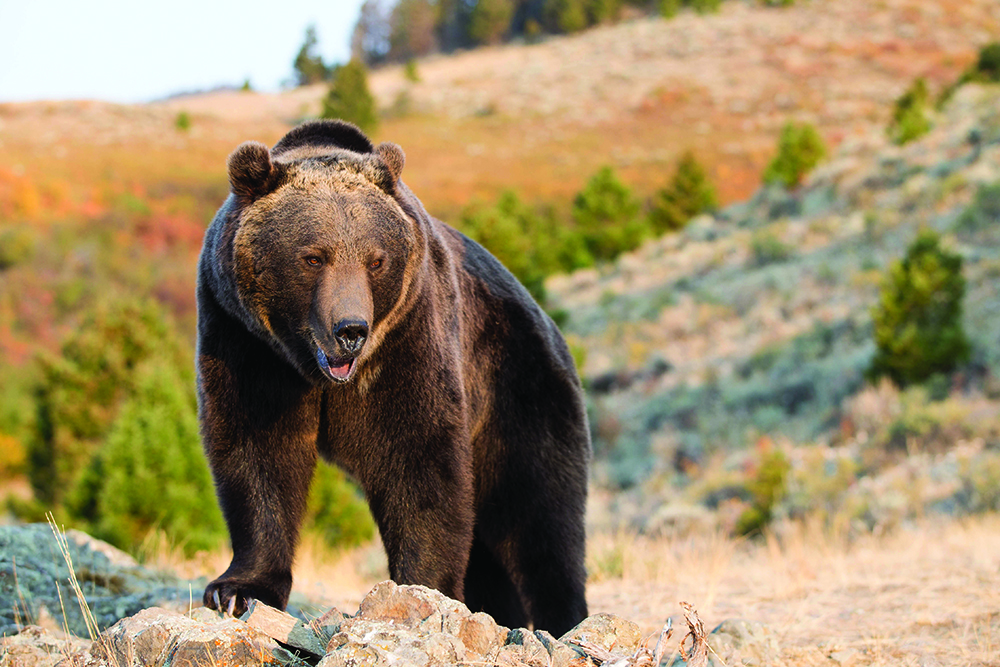
Movement
When the herd is confined to a smaller pasture for each grazing event, movement to fresh grass is essential for putting pounds on cattle. Frequent movements also support Zaranek’s goal to avoid conflict with grizzlies.
“If you leave a herd in one place, they’re going to just hammer the land. So, you have to move them. And the higher the stock density, the faster you have to move across the land. Wild ungulates use movement as a strategy to manage predation threat,” she says.
So much of Zaranek’s management philosophy is based on her observations of wildlife. She feels there’s little left that can be called harmonious between the way her family makes a living and the wild spaces of Montana. But she has a vision to close the gap as much as possible.
“It’s all like, ‘How do we take lives and manipulate them to serve us?’” Zaranek says of most forms of agriculture. “I understand that keystone species, like beavers, do that in some way, but not with the blinders that humans do it. Beaver manipulation of a system ripples out in this ultra-positive way, and I asked myself, ‘How do I recreate that? How can I meet my needs while having my presence be a positive ripple effect instead of a detrimental one?’”
Beavers are an example of a keystone species, or a species that shapes habitat for other species and influences entire ecosystems. Ecologists view the beaver as a beneficial keystone species, creating habitat for other animals and plants, lessening flood events and damage and reducing soil erosion. Without beaver dams, the wetlands that many other species rely on wouldn’t exist.
After three years, it seems J Bar L has found a way to thread the needle and balance a thriving wild ecosystem with a viable agricultural enterprise. Zaranek has limited the negative interactions between her livestock and GYE predators, which keeps her cattle safer and prevents grizzlies and wolves from relying on livestock as a food source. She’s also enhancing plant diversity through her intensive grazing practices.
She is quick to share that it’s not picture perfect – it’s incredibly hard work, and a few head of cattle still go missing from time to time. But she’s optimistic about the results so far and looks forward to refining her grazing management next season with the addition of a virtual fencing system, complete with GPS collars for the herd.
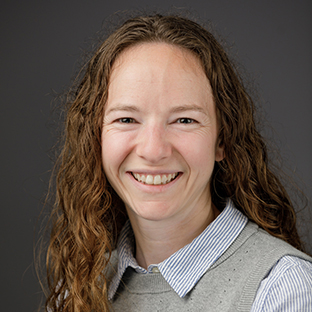
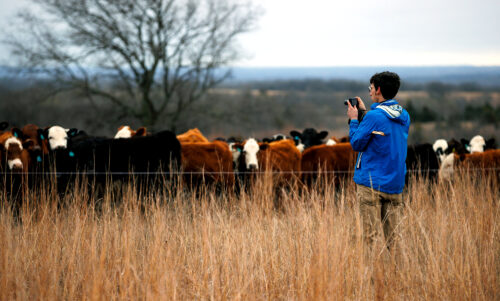
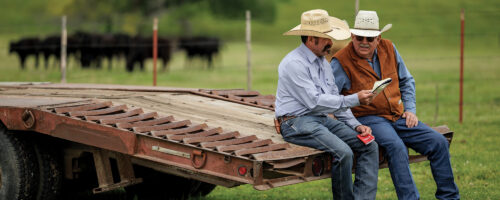
Comment